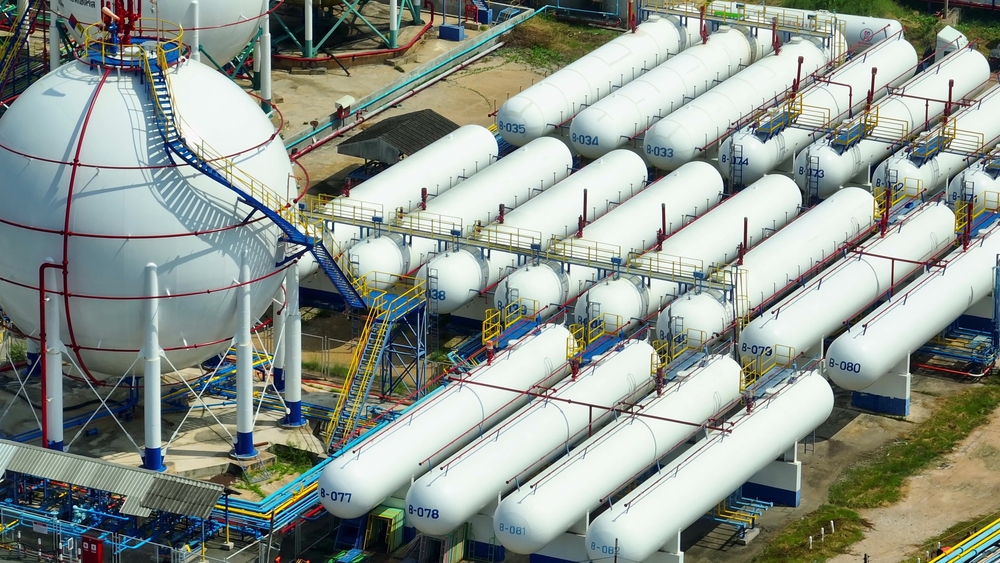Asia Zero Emissions
Community (AZEC) Tracker
It was launched in March 2023 with 10 partner countries, including Australia and nine Association of Southeast Asian Nations (ASEAN) countries: Brunei, Cambodia, Indonesia, Laos, Malaysia, Philippines, Singapore, Thailand and Viet Nam.
Addressing the energy transition is critical for ASEAN as the region is set to become one of the fastest-growing economies and emitters globally, with electricity and heating the main contributors to rising emissions.
This tracker examines the agreements that have been signed under AZEC since March 2023 and highlights which technologies are being funded across the region.

